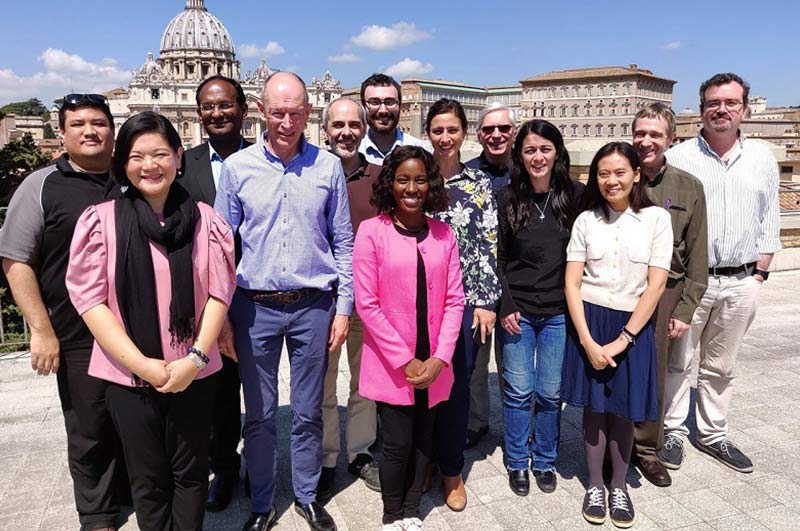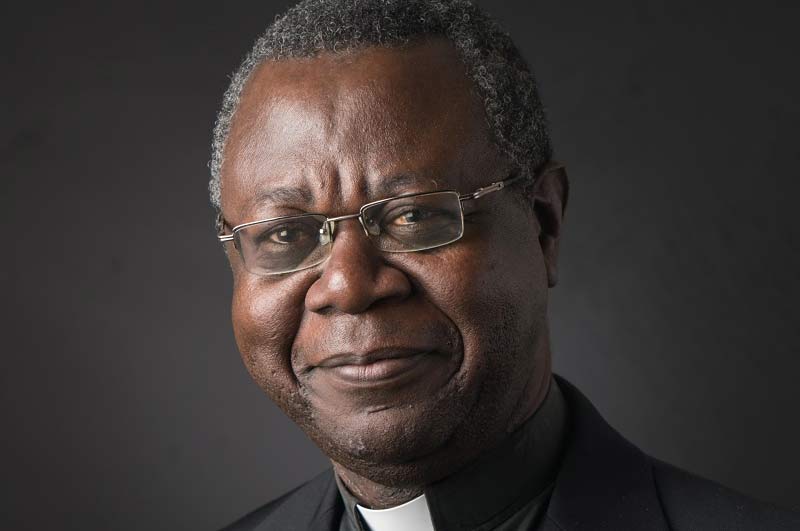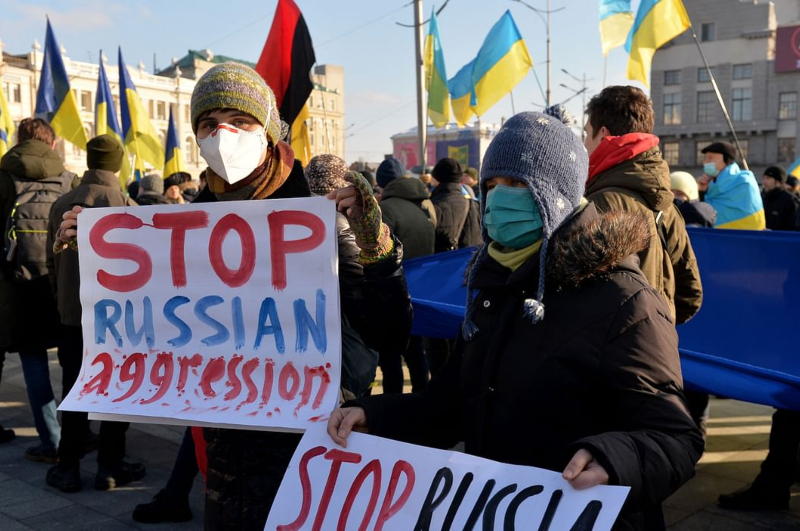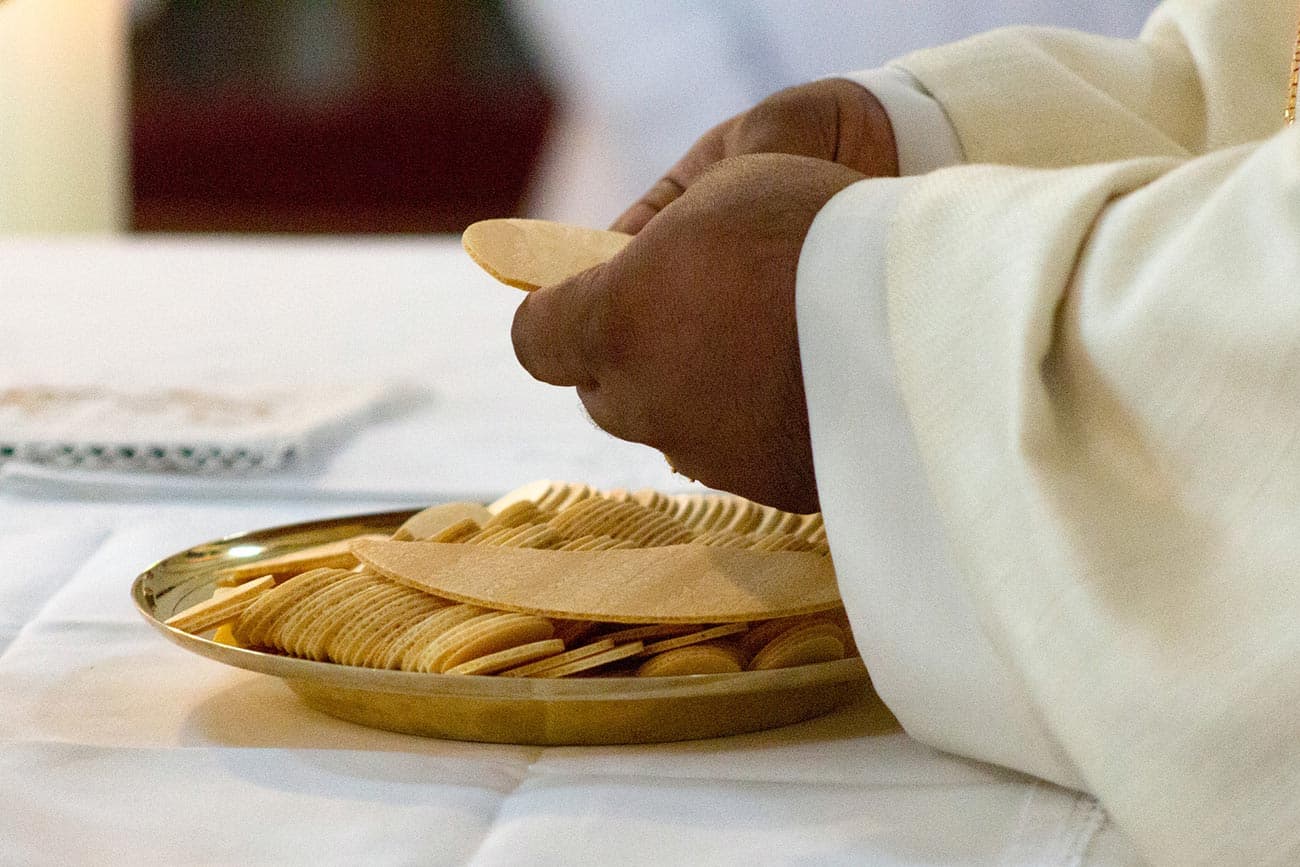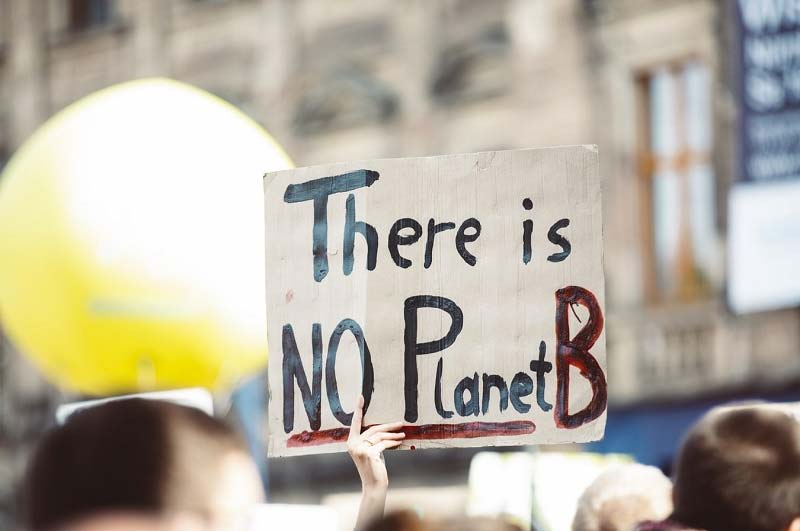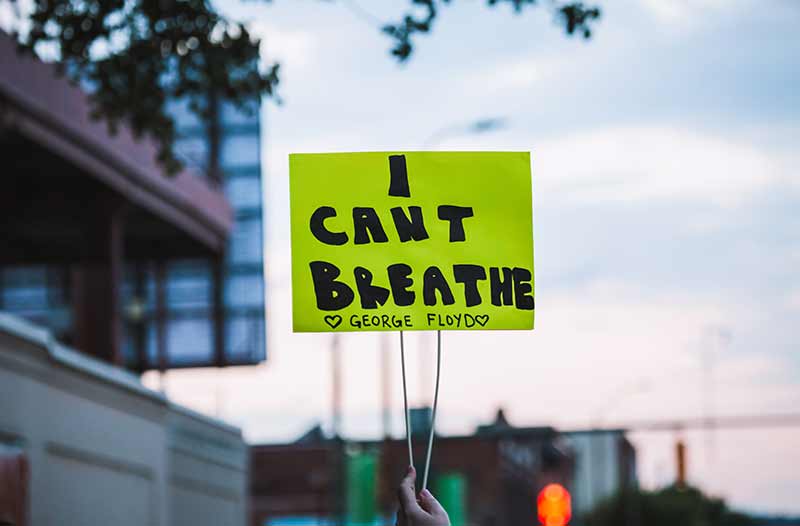


My name is Fr. Armel Setubi and I am with The Jesuit Post. This is Know Justice, Know Peace: A Jesuit Antiracism Retreat, a series in which we are journeying together into a deeper awareness of how racism operates in our lives, and how we can start to eradicate it.
But first, let us begin with a prayer.
“What is your skin color oh Lord?” Lord you created us to your image and likeness and yet I wonder what your skin color is! Lord you made us just a bit less than you, and I wonder, what is your race? Are you Black, Yellow, White, Brown? Give me Lord the grace to have a deeper insight into what your race, or your skin color might mean. Lord open the eyes of my heart to see who you truly are, Amen.
Today we want to wrap up our meditation on sin, specifically on the sin of racism.
What I’m going to tell you might be shocking but, did you know race is a concept we could live without? Do you know that things like race and skin colors do not exist the way we think they exist? Has it ever occurred to you that to be Black, White or Brown or a person of color is a total construction that cannot account for the totality of our being human? The race is a social construct originally framed to create hard boundaries that could not be crossed by people of different skin color and for the purpose of segregation. “Black”, Indigenous, and “People of Color” (BIPOC) are still discriminated against and abused because of the color of their skin.
Among the Swahili people of East and Central Africa, what is referred to as a Black person in the Western world is “Muntu” which means person, and what is referred to as a white person is a “Mzungu” which means explorer or a person that speaks English! Hence, the Swahili people never perceived human beings primarily in terms of their skin color, but instead identified people with what they do and where they are from. Black and white are simply not part of their worldview, and yet they can conceptualize people without appealing to skin color. Did you know that in many parts of the world where you have people with different skin tones, fields for race or skin color do not exist when you fill a form or apply for a job, for a school, etc.? Generally, it’s due to the fact that in those countries, race or skin color is not an important factor in the way they conceive of their society or identify individuals. Race is a social construct. Race was abusively imposed as a biological determinant of skin color. Nevertheless, we must not fall into the trap of colorblindness as it prevents one from seeing the suffering of “BIPOC” members. We cannot afford to be colorblind.
My experience of evil and by extension sin, is that there are two sorts of evils: natural and man-made. A tornado that destroys a house or gets people injured is a natural evil, but racism is man-made evil. It starts with a segregating concept, then the rationalization of that concept which serves as the basis for evil intentions and sinful actions. With time that sin becomes so common that people think it’s normal. When you decide to kneel on the neck of a fellow human being until death follows, it’s man-made evil, when you red-line entire neighborhoods so as to bar people from accessing federal resources and loans, it’s man-made evil when you actively or tacitly participate in police violence, and in institutionalized racism, it’s man-made evil. When you remain silent in front of racism, it’s man-made evil. Now the big difference between these two categories of evil is that natural evil cannot be completely prevented by human beings, but man-made evil is like an infectious disease that can be treated and prevented.
St. Ignatius of Loyola has a peculiar way to make us reflect and make decisions about sin. He asks us to let ourselves be seized with amazement and consider how frail and vulnerable we are due to our sins even though, in God’s goodness, God continues to sustain our life. In the same circumstances, Ignatius proposes that we should reflect and see what we have done for God, what we do for God now, and what we plan to do for God.
So, the threefold question remains actual as we conclude our meditation on sin.
- What have you done to fight against the sin of racism, whether you have been a victim, an active perpetrator, or a silent complicit person?
- What are you doing now to fight against the sin of racism?
- What do you plan to do against the sin of racism?
To help you ponder these questions I highly recommend that you read and meditate on the piece by Nikole Hannah-Jones “What Is Owed” published in The New York Times Magazine of June 28, 2020. Take time to see how the Lord speaks to you about racism through the piece by Hannah-Jones.
- Let yourself be immersed in the history of racism in our country and how it continues to kill what is humane in our hearts up to this day. Meditate on how race is a construction that could be otherwise and ask yourself what you have done and what you do now to uproot racism, whether you are a victim, a perpetrator or a silent observer.
- Alongside Hannah-Jones’ piece I invite you to consider the Gospel of Luke 19:1-10 which talks about the encounter between Zacchaeus and Jesus. -When Zacchaeus encountered Jesus, he decided to abandon his former life and to repent. More importantly, Zacchaeus made some reparation to heal those he had offended. In contemplating the actions and decisions of Zacchaeus during his meeting with Jesus, ask yourself the third question: what will I do to prevent the sin of racism in me and to fight racism in society, and bring about genuine reparation? - Reflect on how God is without skin color or race. Realize that the true race of God is pure love and that we’re all called to participate in such a pure love.
Our Father, who art in heaven, Hallowed by thy name, Thy Kingdom come, Thy will be done, One earth as it is in heaven. Give us this day, Our daily bread, And forgive us our trespasses, As we forgive t hose who trespass against us. Lead us not into temptation, But deliver us from evil. Amen.
Related Articles
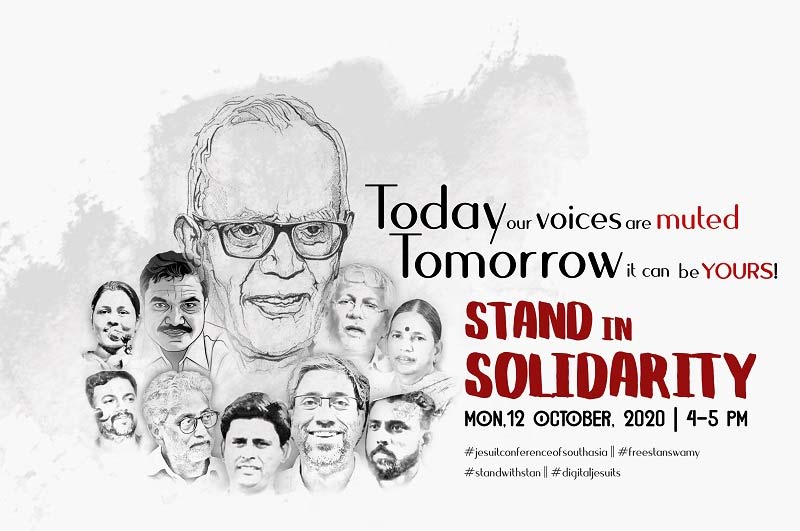

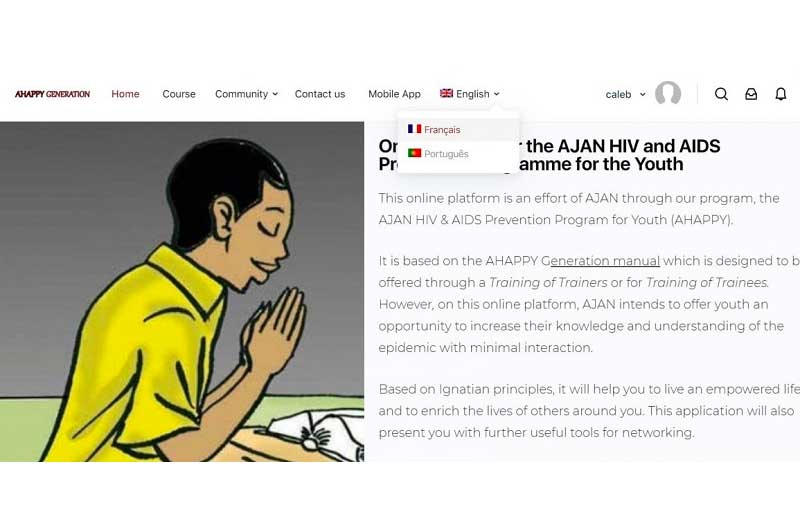
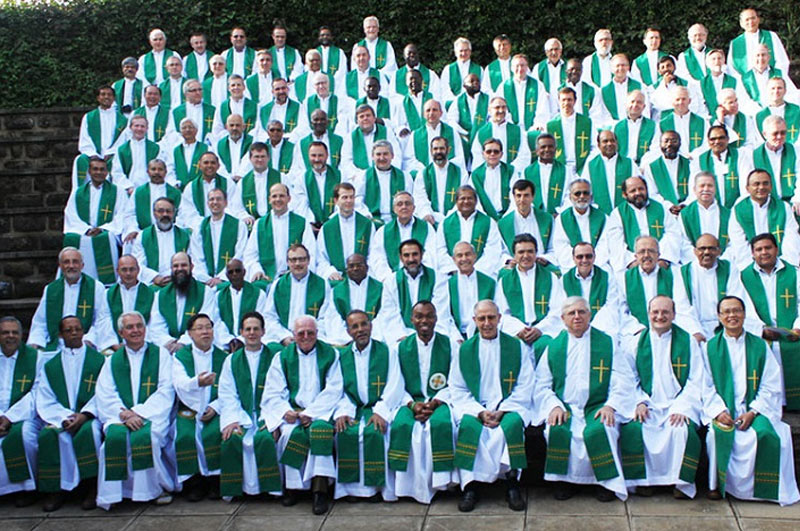
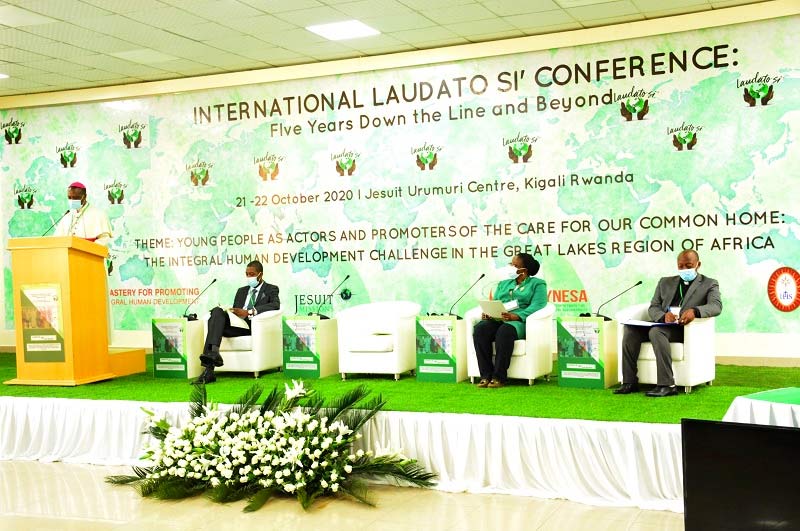
Select Payment Method
Pay by bank transfer
If you wish to make a donation by direct bank transfer please contact Fr Paul Hamill SJ treasurer@jesuits.africa. Fr Paul will get in touch with you about the best method of transfer for you and share account details with you. Donations can be one-off gifts or of any frequency; for example, you might wish to become a regular monthly donor of small amounts; that sort of reliable income can allow for very welcome forward planning in the development of the Society’s works in Africa and Madagascar.
Often it is easier to send a donation to an office within your own country and Fr Paul can advise on how that might be done. In some countries this kind of giving can also be recognised for tax relief and the necessary receipts will be issued.


